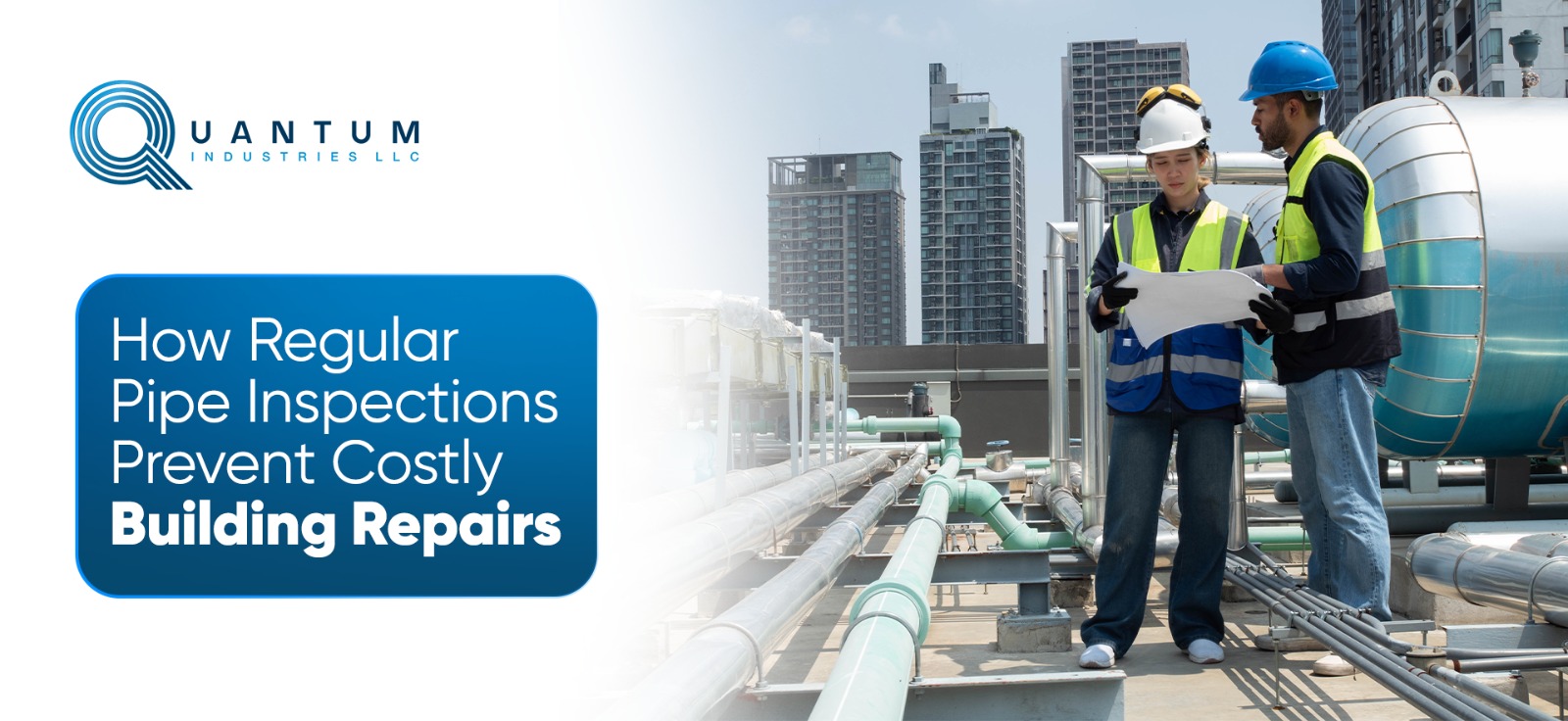



Choosing high-quality pipes and fittings for HVAC systems plays a big role in making the whole setup more reliable, energy-efficient, and long-lasting. These components need to handle pressure changes, temperature shifts, and tough environmental conditions, all while keeping energy loss low and maintenance needs minimal.
As one of the top manufacturers of HVAC pipes and fittings in UAE, Quantum Industries produces premium-quality socio-products for optimal performance and efficiency of the whole system.
This blog on How to select durable and efficient HVAC pipes and fittings will cover the material properties, industry best practices for selecting the most appropriate HVAC piping infrastructure.
HVAC piping refers to the network of pipes that transport heating and cooling fluids such as chilled water, hot water, steam, or refrigerant within modern HVAC systems. It plays a critical role in regulating indoor climate by connecting components like chillers, boilers, pumps, and air handling units. Efficient HVAC piping design ensures optimal thermal performance, energy efficiency, and system longevity.
HVAC piping is fundamental to the efficiency and functionality of heating and cooling systems in modern buildings. It enables the precise distribution of thermal energy by transporting chilled or hot water, refrigerants, or steam between key components like chillers, boilers, and air handling units. Properly designed HVAC piping minimizes pressure drops, reduces energy loss, and ensures consistent temperature control across zones. It also supports system scalability, ease of maintenance, and compliance with energy codes. In high-performance buildings, well-engineered piping systems contribute significantly to sustainability goals by optimizing resource use and improving overall system reliability and operational efficiency.
Selecting the right pipes and fittings involves evaluating key performance criteria to ensure system efficiency and longevity. And by choosing quality materials for your HVAC pipes there can be an increase in the property value as well.
Fittings play a critical role in optimizing fluid dynamics, maintaining pressure integrity, and reducing system inefficiencies. The selection of appropriate fittings should consider the following factors:
HVAC systems must align with international and regional standards to ensure performance efficiency and safety. Compliance with ASHRAE, ASTM, and ISO standards guarantees that selected pipes and fittings meet stringent operational benchmarks. Adhering to these guidelines ensures seamless integration with building systems, longevity, and regulatory approvals.
To make sure a strong and efficient HVAC piping network extends beyond material selection. Proper installation and proactive maintenance are crucial for sustained performance:
We Offer:
Investing in best HVAC piping materials and fittings enhances system reliability, energy efficiency, and lifecycle cost savings. With Quantum Industries as your trusted partner, you can achieve HVAC solutions built to perform in the most challenging environments.

